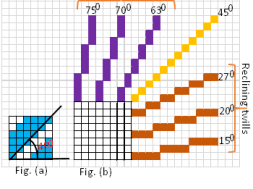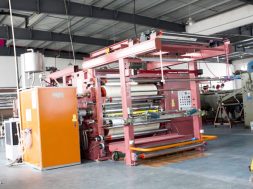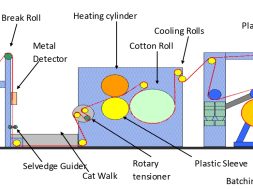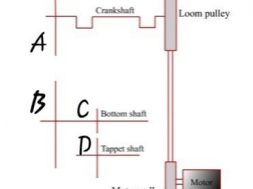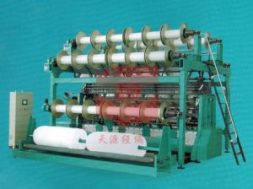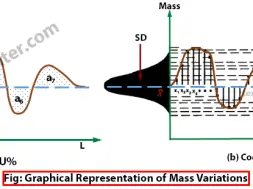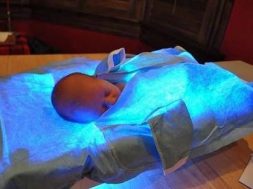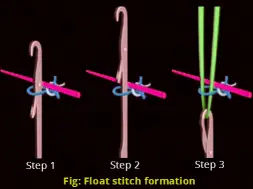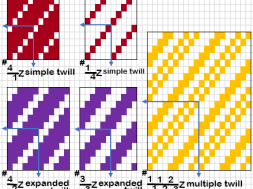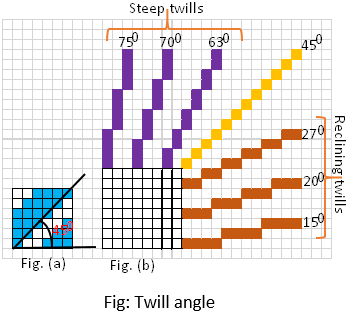
Twill & Angle of Twill Weave
Twill Weave
The second basic weave is characterized by diagonal lines running at angles varying between on the face and back of the fabric is called twill weave. Fig. shows some basic twill weaves.At the 2/1 twill and ½ are shown; these represent the smallest possible repeat of twill weaves.
Features of twill weaves
Diagonal line can be seen on the fabric.
Twill line may be from lower left to upper right (Z-twill) or from lower right to upper left (Z-twill).
Smallest repeat size 3×3
Three or more heald shaft are required for shedding.
Generally straight draft is used for making twill weave.
Appearance of the design can be found on the both side.
Both sides are face side but appearance is different.
Diagonal lines running at angles varying between 150 and 700 .But in a continuous or regular twill is 450.
More ends per unit area and picks per unit area than plain cloth.
Less binding points than plain cloth
Better cover than plain weave
More cloth thickness and mass per unit area.
Less binding points than plain cloth
Better cover than plain weave
More cloth thickness and mass per unit area.
Appearance of twill weave
A twill weave is characteristics by diagonal ribs (twill lines) on the face of the fabric. These twill lines are produce by letting all warp ends interlace in the same way but displaing the interlaceing points of each end by one pick relative to that of the previous end while the plain weave can only be woven in one form, there exit several options with regrad to twills.
Factor affect the prominence of twill weave
❶ Character of weave:
Twill line of short float-less prominence
Twill line of long float-more prominence
❷ Character of yarn:
Twill line of fine and hard twisted yarn-less prominence
Twill line of coarse and soft twisted yarn-more prominence
Single yarn-less prominence
Folded and ply yarn-more prominence
❸ No. of ends and picks per inch:
Less no. of ends and picks per inch-less prominence
More no. of ends and picks per inch-more prominence
❹ Direction of twill in relation to the direction of twist in yarn:
Twill direction of yarn and twill weave move same direction-less prominence
Twill direction of yarn and twill weave move opposite direction-more prominence
The angle of twill weave
The angle of twill is the angle between the diagonal twill line and an imaginary horizontal line or axis parallel to the weft. The angle of twill is determined by the amount of shift twill in the points of interlaceing. This angle is dependent on the ratio between the ends/inch (EPI) and picks/inch (PPI) in the cloth.
A twill weave which has one pick shift and one end shift is called twill as shown in fig. (a).
A twill weave which has more than one pick shift and one end shift is called steep twill. A steep twill will have twill angle more than as shown in fig. (b).
A twill weave which has more than one end and one pick is called reclining twill or flat twill. A reclining twill will have angles less than as shown in fig. (b).
(4522)
